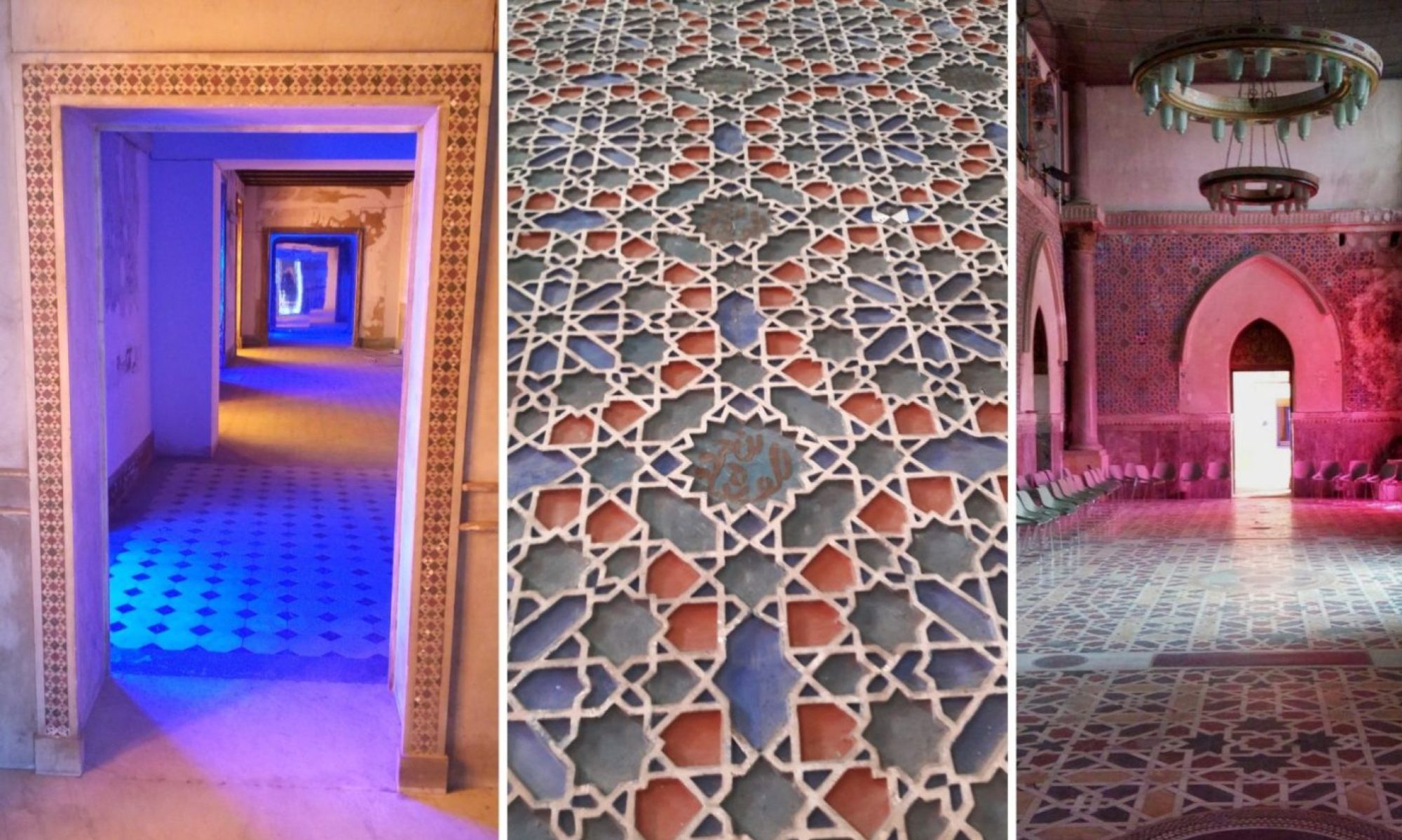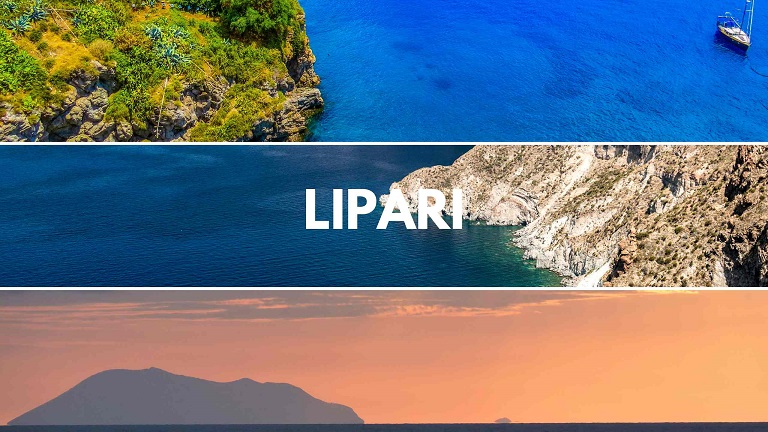[:it]
Lipari, una vera e propria scoperta non abbastanza valorizzata a nostro avviso…. una delle gemme nascoste dell’arcipelago delle Isole Eolie, situato al largo delle coste della Sicilia; un’isola che offre opportunità e stimoli diversi a chiunque voglia veramente conoscerle, spiagge, rocce, ciottoli, montagna, trekking, storia, cultura, buon cibo ma sopratutto un posto dove ancora la gente si guarda negli occhi quando si incrocia e si saluta!!! Quanto ci piace!

In un mondo che sembra sempre più omogeneo, Lipari brilla come una gemma preziosa, con le sue radici profonde, la sua bellezza naturale e la sua cultura vibrante. Visitare questa isola è come un viaggio nel tempo, alla ricerca della sicilianità più autentica che oggi è difficile scorgere nell’isola maggiore; è una fuga dalla routine quotidiana verso un luogo dove la storia si mescola con la contemporaneità e la bellezza è alla portata di ogni sguardo. Lipari è un invito a esplorare, assaporare e scoprire il fascino intramontabile delle Isole Eolie; se state pensando di visitarle il nostro consiglio è partire proprio da qui per poi muoversi verso le altre, più piccole, che ne enfatizzano un aspetto o l’altro.
Con una storia ricca, paesaggi mozzafiato, una flora rigogliosa e una cultura unica, Lipari è un paradiso per gli amanti del viaggio che cercano autenticità e bellezza senza pari. Autenticità è la parola chiave… diciamo che il “marketing al chilo” per fortuna qui non è applicato e il servizio viene svolto con spontaneità secondo la cultura del luogo!
Origini e Storia
L’isola di Lipari ha radici che affondano nell’antichità. Abitata fin dai tempi preistorici, l’isola ha ospitato varie civiltà nel corso dei millenni, tra cui i Greci, i Romani, i Bizantini e i Normanni. Questo mosaico di influenze ha lasciato un’impronta indelebile sulla cultura e sull’architettura dell’isola.
e prime tracce di insediamenti risalgono all’età del bronzo, quando tribù neolitiche arrivarono in queste terre. Successivamente, l’isola fu colonizzata dai Greci e poi dai Romani, entrambi lasciando un’impronta indelebile nella cultura e nell’architettura locale. Tuttavia, uno dei periodi più significativi nella storia di Lipari fu l’epoca medievale, durante la quale l’isola divenne un importante centro di scambio commerciale e una roccaforte difensiva. Il Castello di Lipari, costruito dai Normanni nel XII secolo, testimonia questo passato glorioso ed è oggi uno dei simboli più riconoscibili dell’isola. Un’imponente fortezza costruita per difendere l’isola dalle incursioni dei pirati. Oggigiorno, il castello ospita un museo archeologico che espone reperti che narrano la storia dell’isola e delle civiltà che l’hanno attraversata; ha anche un bell’anfiteatro (costruzione recente anche se in stile) che guarda sul mare…. uno spettacolo in cui poter godere di simpatici spettacoli teatrali previsti durante tutta l’estate).
La Cattedrale di San Bartolomeo, con la sua maestosa facciata barocca e l’interno decorato, è un luogo di raccoglimento e meraviglia architettonica.
Le viste mozzafiato di Lipari
Lipari incanta i visitatori con una varietà di paesaggi spettacolari. Dalle spiagge di sabbia dorata alle scogliere a picco sul mare, l’isola eoliana offre panorami mozzafiato che lasciano senza fiato. Permette di guardare al contempo la Sicilia e la Calabria che si stagliano davanti alle sue coste.
Tra i luoghi più iconici vi è la spiaggia di Valle Muria, un paradiso nascosto con acque cristalline e una vista maestosa sulla baia; non è facile da raggiungere a piedi (consigliamo buone scarpe da ginnastica) ma lo sforzo sarà sicuramente ripagato! Ma le meraviglie naturali di Lipari non si esauriscono sulle sue coste: l’entroterra ospita un suggestivo paesaggio collinare, punteggiato da uliveti secolari e vigneti in terrazza (sono tante le produzioni di ottimi vini e liquori qui sull’isola).
La vegetazione dell’isola è altrettanto affascinante, con piante mediterranee come capperi, fichi d’India e ulivi, che aggiungono una nota di colore e profumo alla terra; esistono poi tante piante spontanee medicinali il cui utilizzo risale alla storia dei tempi.
La cultura di Lipari è un affascinante intreccio di influenze; i suoi abitanti conservano con orgoglio tradizioni che risalgono a secoli fa. Una tradizione artigianale che spicca è la produzione di ceramiche, con disegni intricati e colori vivaci che rappresentano la storia e le leggende dell’isola.
Inoltre, il canto tradizionale “canzuna liparese” riunisce la comunità in momenti di gioia e celebrazione. Le feste religiose sono anch’esse parte integrante della cultura, con processioni e festeggiamenti che onorano santi patroni e sottolineano la profonda spiritualità dell’isola; il 24 agosto non va di certo perso il Santo Patrono, San Bartolo!
Lipari offre una serie di attrazioni imperdibili per i turisti; oltre la fortezza suddetta, un altro luogo di interesse è il Museo Archeologico Regionale Eoliano. Qui si possono ammirare artefatti unici provenienti da scavi sull’isola e scoprire di più sulla storia e la cultura delle Isole Eolie nel corso dei secoli. Per un’esperienza più avventurosa, si può esplorare la “Cava di Pomice”, una cava abbandonata che ha creato un paesaggio surreale di rocce bianche e fiumi di pomice… un vero tempio di archeologia industriale!
Cibo e prelibatezze tradizionali di Lipari
La cucina liparese riflette l’essenza dell’isola: freschezza, semplicità e sapori autentici. I piatti sono spesso preparati con ingredienti locali, come pesce fresco appena pescato, verdure dell’orto e olio d’oliva locale. Una specialità imperdibile è la “Pasta alle Sarde”, un piatto che unisce sapori di mare e terra in un connubio delizioso. Per chi ama i sapori intensi, i “Cannoli” liparesi, dolci ripieni di ricotta e guarniti con scorza d’arancia candita, sono una scelta eccellente per concludere il vostro pasto.
Il pesce fresco è la stella indiscussa, con piatti come il “Tonno alle Cipolle”, un delizioso tonno affumicato servito con cipolle dolci di tropea. Il pane “Cunzato” sono panini farciti con ingredienti semplici ma gustosi (ognuno ha una propria ricetta di “famiglia”), come pomodori, formaggio, acciughe e origano. Per i palati più avventurosi, la “Maccaruna cu l’ova” è un piatto di pasta all’uovo condita con sugo di carne e pecorino. La tradizione dolciaria è altrettanto invitante, con dolci come i “Pignolata”, palline di pasta dolce fritte ricoperte di miele.
Dove? E’ alla portata di tutte le tasche quindi non vi resta che percorrere il corso principale ad esempio e fermarvi in uno dei tanti ristoranti che potete scorgere anche nelle stradine perpendicolari.[:en]
Lipari, an underestimated discovery, in our opinion… one of the hidden gems of the Aeolian Islands archipelago, located off the coast of Sicily; an island that offers different opportunities and stimuli to anyone who really wants to get to know them, beaches, rocks, pebbles, mountains, trekking, history, culture, good food but above all a place where people still look each other in the eyes when they cross and greet each other!!! How we love it!

In a world that seems increasingly homogeneous, Lipari shines like a precious gem, with its deep roots, natural beauty, and vibrant culture. Visiting this island is like a journey through time, in search of the most authentic Sicilian that is difficult to discern on the larger island today; it is an escape from the daily routine to a place where history is mixed with the contemporary and beauty is within reach of every gaze. Lipari is an invitation to explore, savor, and discover the timeless charm of the Aeolian Islands; if you are thinking of visiting, our advice is to start right here and then move on to the other, smaller ones that emphasize one aspect or another.
With a rich history, breathtaking landscapes, lush flora, and unique culture, Lipari is a paradise for travelers seeking authenticity and unparalleled beauty. Authenticity is the key word…let’s just say that “marketing by the kilo” is thankfully not applied here and service is done with spontaneity according to the local culture!
Origin and history
The island of Lipari has roots that go back to antiquity. Inhabited since prehistoric times, the island has been home to various civilizations over the millennia, including the Greeks, Romans, Byzantines, and Normans. This mosaic of influences has left an indelible imprint on the island’s culture and architecture.
The first traces of settlement date back to the Bronze Age, when Neolithic tribes arrived in these lands. Later, the island was colonized by the Greeks and then the Romans, both leaving an indelible imprint on the local culture and architecture. However, one of the most significant periods in Lipari’s history was the medieval era, during which the island became an important center of trade and a defensive stronghold. Lipari Castle, built by the Normans in the 12th century, bears witness to this glorious past and is now one of the island’s most recognizable symbols. An imposing fortress was built to defend the island from pirate raids. Today, the castle houses an archaeological museum that displays artifacts that tell the story of the island and the civilizations that have passed through it; it also has a beautiful amphitheater (recent construction though in style) that looks out over the sea…. a show in which to enjoy sympathetic theatrical performances scheduled throughout the summer).
Lipari’s breath-taking views
Lipari enchants visitors with a variety of spectacular landscapes. From golden sandy beaches to sheer cliffs, the Aeolian island offers breathtaking vistas that leave you breathless. It allows simultaneous views of Sicily and Calabria silhouetted in front of its shores.
Among the most iconic spots is Valle Muria beach, a hidden paradise with crystal-clear waters and majestic views of the bay; it is not easy to walk to (we recommend good sneakers) but the effort will surely pay off! But Lipari’s natural wonders do not end on its shores: the hinterland is home to an evocative hilly landscape, dotted with centuries-old olive groves and terraced vineyards (there are many productions of excellent wines and liquors here on the island).
The island’s vegetation is equally fascinating, with Mediterranean plants such as capers, prickly pears, and olive trees adding a hint of color and fragrance to the land; there are also many wild medicinal plants whose use dates back to the history of time.
Lipari’s culture is a fascinating blend of influences; its inhabitants proudly preserve traditions dating back centuries. One craft tradition that stands out is the production of ceramics, with intricate designs and bright colors that represent the island’s history and legends.
In addition, traditional “canzuna liparese” singing brings the community together in moments of joy and celebration. Religious festivals are also an integral part of the culture, with processions and celebrations honoring patron saints and emphasizing the deep spirituality of the island; on August 24, the patron saint, St. Bartolo, is certainly not to be missed!
Lipari offers a number of must-see attractions for tourists; besides the aforementioned fortress, another place of interest is the Aeolian Regional Archaeological Museum. Here one can admire unique artifacts from excavations on the island and learn more about the history and culture of the Aeolian Islands over the centuries. For a more adventurous experience, you can explore the “Pumice Quarry“, an abandoned quarry that has created a surreal landscape of white rocks and rivers of pumice–a true temple of industrial archaeology!
Lipari’s traditional food and delicacies
Liparese cuisine reflects the essence of the island: freshness, simplicity, and authentic flavors. Dishes are often prepared with local ingredients, such as freshly caught fish, garden vegetables, and local olive oil. A must-try specialty is “Pasta alle Sarde“, a dish that combines flavors of sea and land in a delicious combination. For those who love intense flavors, Lipari’s “Cannoli“, sweets filled with ricotta cheese and garnished with candied orange peel, are an excellent choice to end your meal.
Fresh fish is the undisputed star, with dishes such as “Tuna with Onions“, a delicious smoked tuna served with sweet Tropea onions. “Cunzato” breads are sandwiches stuffed with simple but tasty ingredients (each has its own “family” recipe), such as tomatoes, cheese, anchovies, and oregano. For more adventurous palates, “Maccaruna cu l’ova” is an egg pasta dish topped with meat sauce and pecorino cheese. The confectionery tradition is equally inviting, with sweets such as “Pignolata“, fried balls of sweet dough covered in honey.
Where? It’s affordable so all you have to do is walk down the main street for example and stop at one of the many restaurants you can spot even in the perpendicular streets.[:]
Vuoi iscriverti alla nostra newsletter e rimanere sempre aggiornato?


